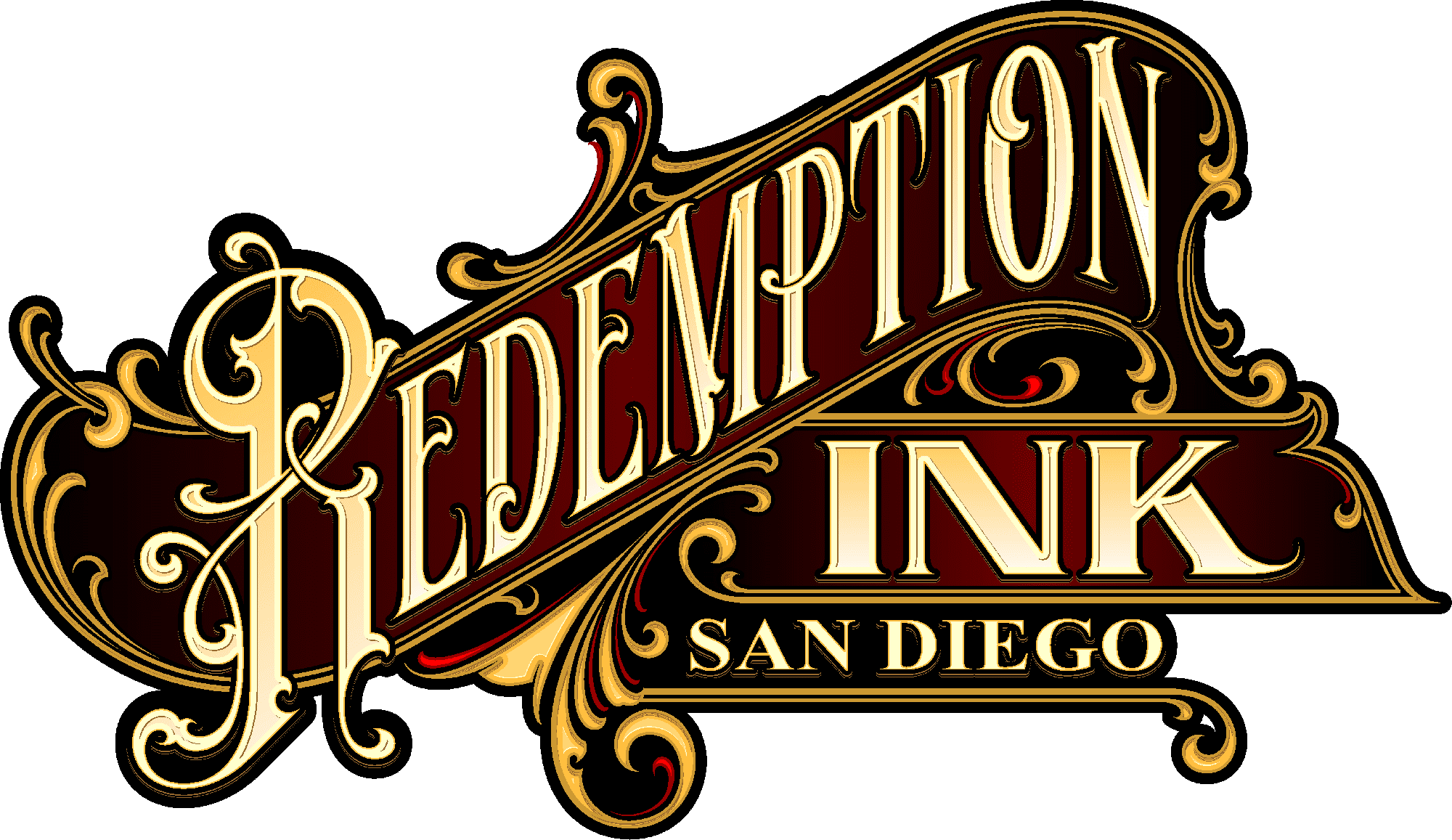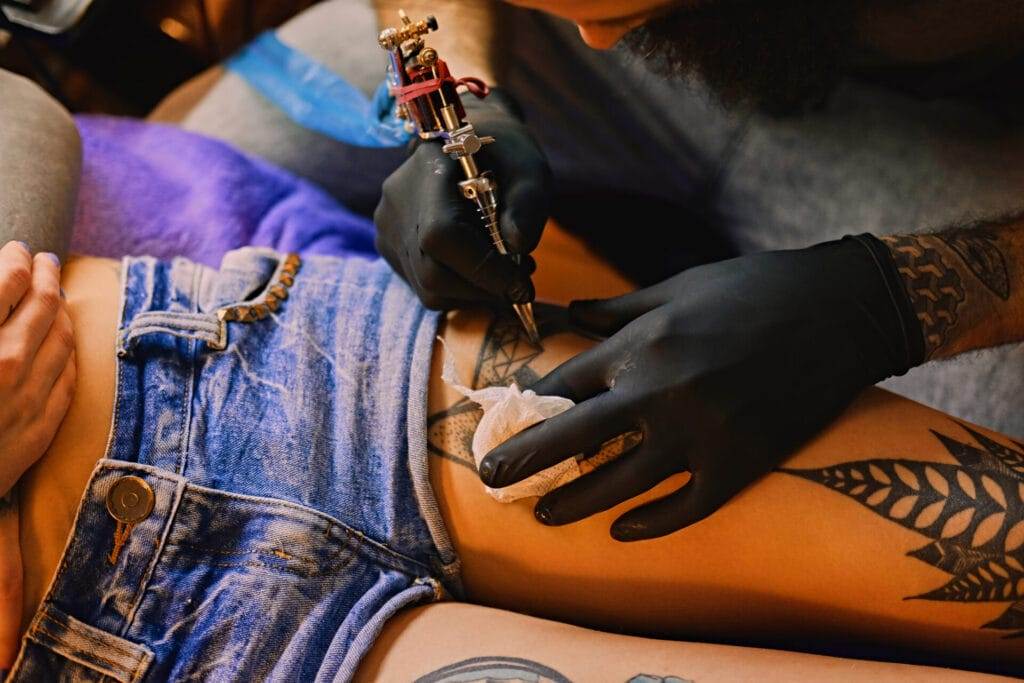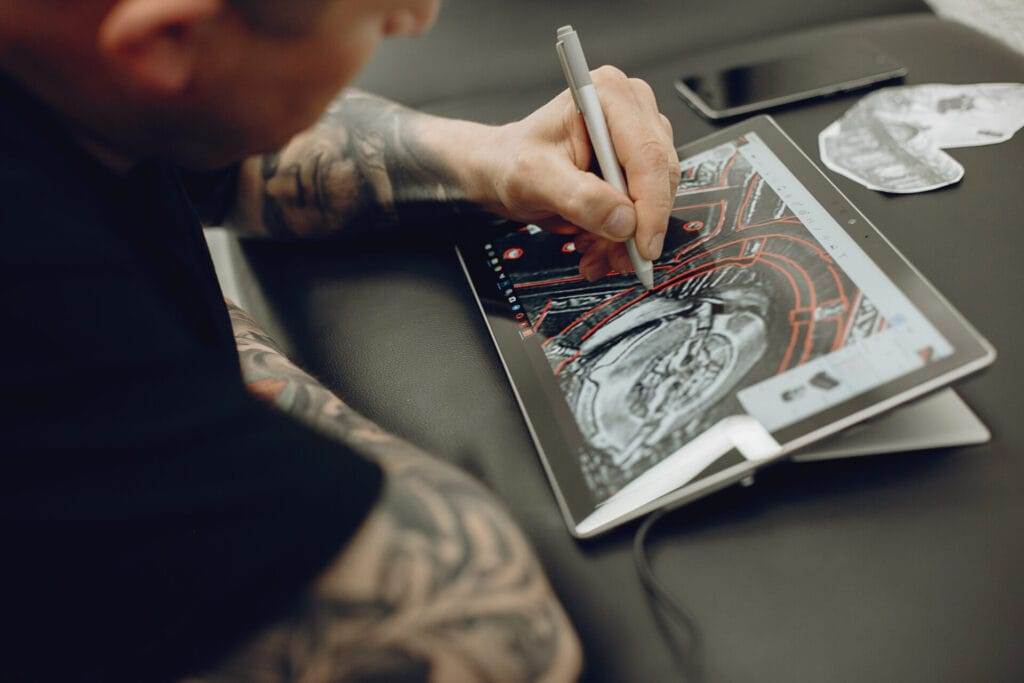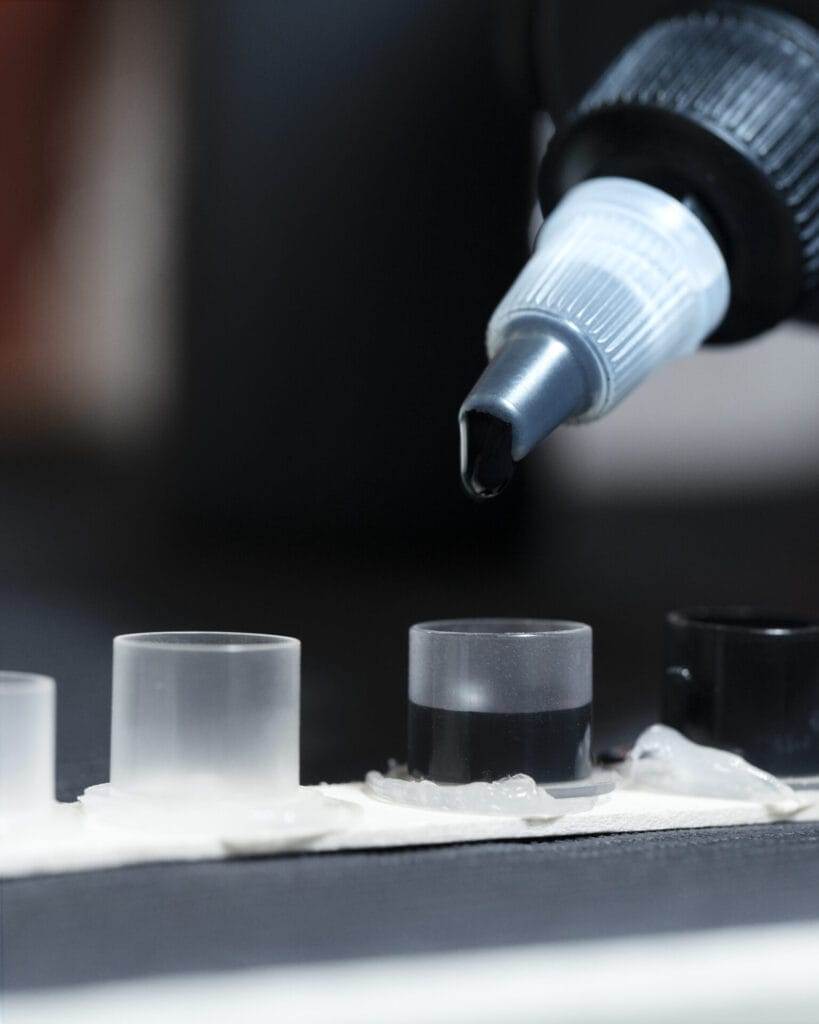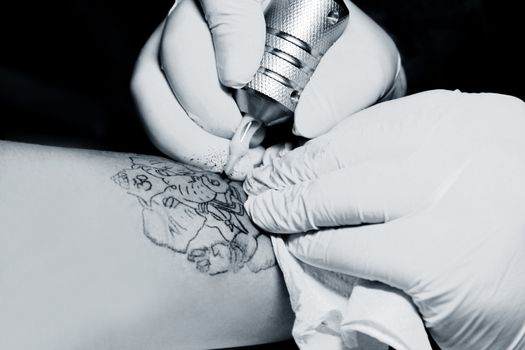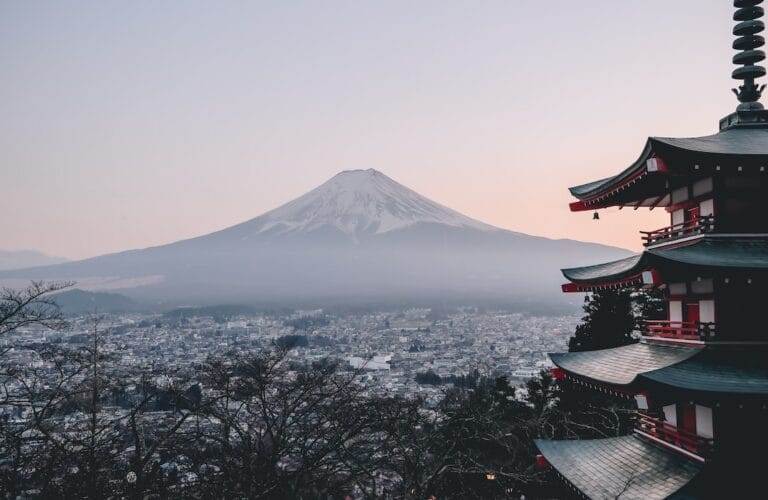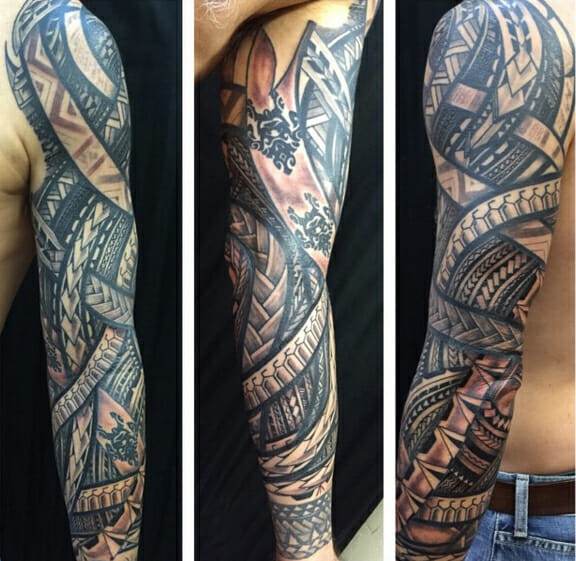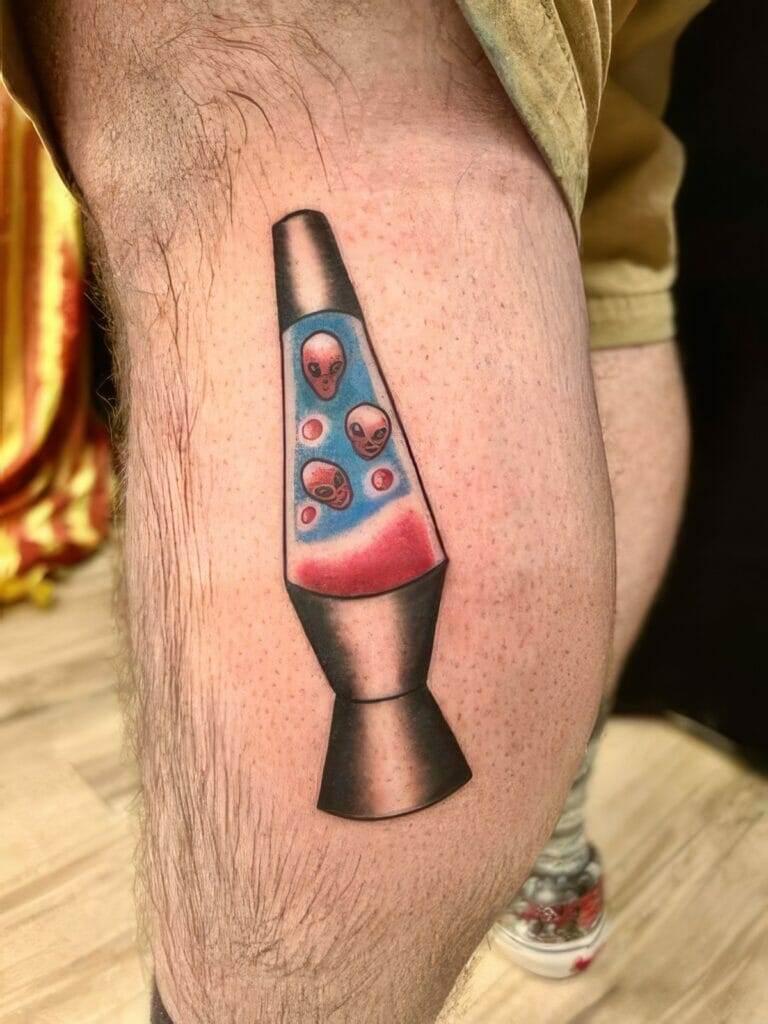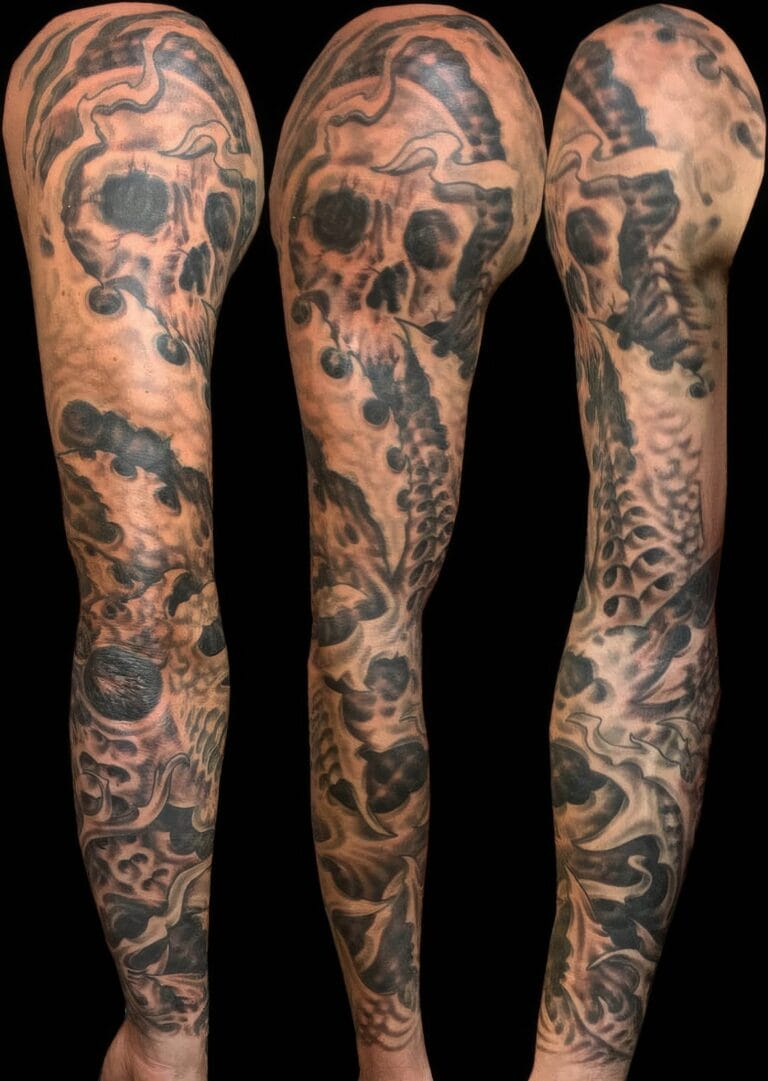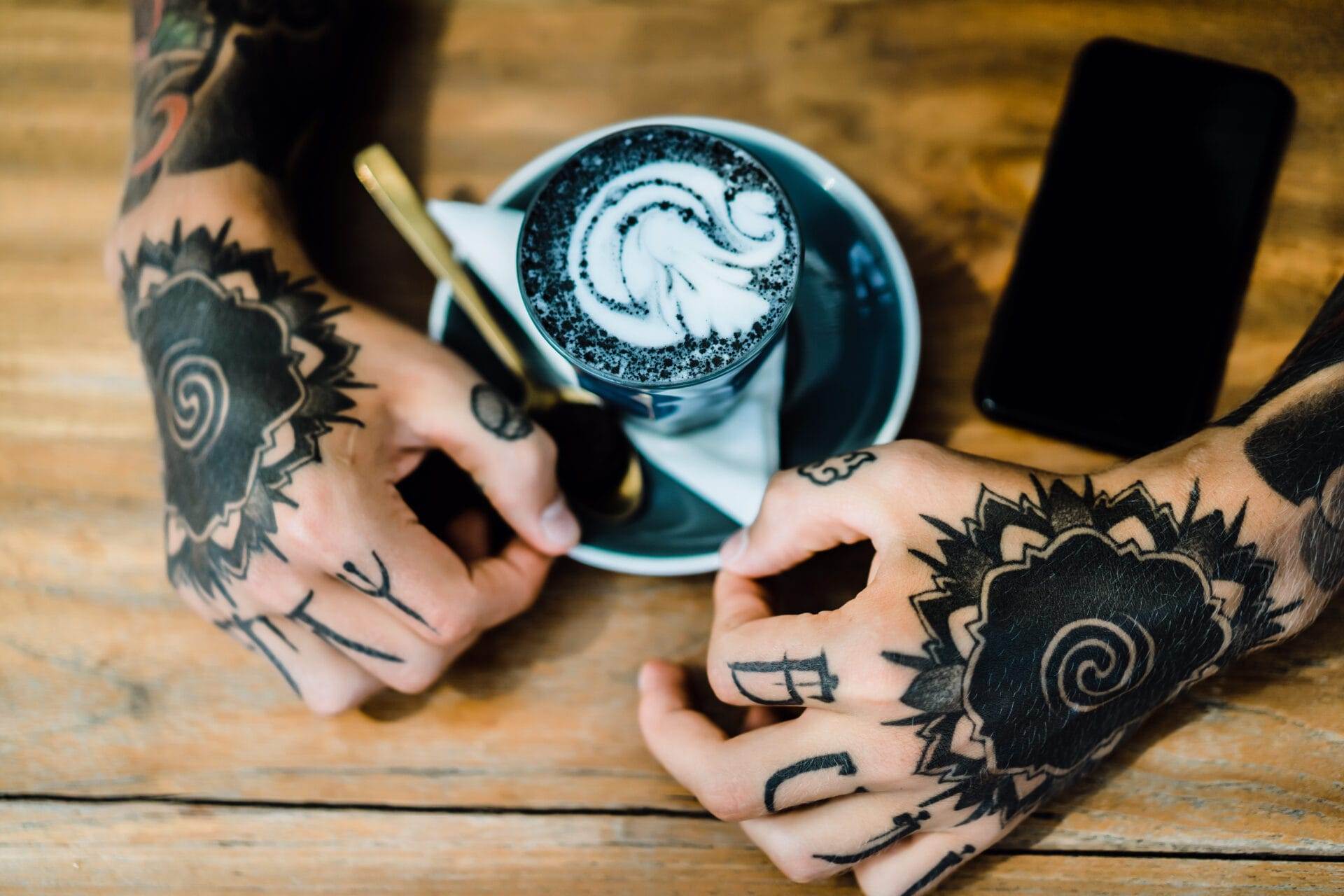
Tattooing has a rich history that dates back thousands of years. Traditional tattooing, in particular, has deep cultural roots and holds significant meaning in various societies around the world. The practice of traditional tattooing involves using specific techniques and tools to create intricate designs on the skin. These tattoos often carry symbolic meanings and are used to mark important life events or convey cultural messages.
Traditional tattooing can be traced back to ancient civilizations such as the Egyptians, Greeks, and Romans. In these cultures, tattoos were used to signify social status, religious beliefs, or as a form of protection. The techniques used in traditional tattooing have evolved over time, but the basic principles remain the same. Traditional tattooing typically involves using a handheld tool, such as a bamboo stick or bone needle, to manually puncture the skin and deposit ink.
The Significance of Traditional Tattoos in Different Cultures
Traditional tattoos hold great significance in various cultures around the world. In many indigenous communities, tattoos are seen as a rite of passage and a way to connect with one’s ancestors. These tattoos often depict symbols that represent important aspects of their culture, such as animals, plants, or spiritual beliefs.
In Polynesian cultures, traditional tattooing is known as “tatau” and is deeply rooted in their history and mythology. These tattoos are often large and intricate, covering large portions of the body. Each design holds specific meanings and tells a story about the individual’s identity and achievements.
In Japanese culture, traditional tattoos known as “irezumi” are seen as a form of art and self-expression. These tattoos often feature images of mythical creatures, warriors, or nature elements. They are believed to bring protection and good fortune to the wearer.
The Evolution of Traditional Tattooing Techniques
Traditional tattooing techniques have evolved over time due to advancements in technology and cultural influences. In the past, tattoos were created using simple tools such as bone needles or sharp objects. The ink was often made from natural materials such as plant extracts or animal fat.
With the advent of modern tattooing machines in the late 19th century, the process became faster and more efficient. These machines allowed artists to create more intricate designs and achieve a greater level of detail. However, many traditional tattoo artists still prefer to use the traditional hand-poking method, as it allows for a more personal and intimate experience.
In recent years, there has been a resurgence of interest in traditional tattooing techniques. Many artists are embracing these methods as a way to connect with their cultural heritage and preserve traditional practices. This has led to a renewed appreciation for the artistry and skill involved in traditional tattooing.
The Role of Traditional Tattooing in Tribal Communities
Traditional tattooing plays a vital role in tribal communities around the world. In many indigenous cultures, tattoos are used to mark important life events such as coming of age, marriage, or mourning the loss of a loved one. These tattoos serve as a visual representation of one’s identity and cultural heritage.
In some tribal communities, tattoos are also used as a form of protection or to ward off evil spirits. The designs often incorporate symbols that are believed to have spiritual significance and provide the wearer with strength and guidance.
Traditional tattooing is deeply ingrained in the social fabric of these communities and is seen as an important cultural practice. It serves as a way to pass down traditions from one generation to the next and maintain a sense of cultural identity.
Traditional Tattooing Tools: A Look into the Past
The tools used in traditional tattooing have evolved over time, but they still hold great significance in the art form. In ancient times, tattoos were created using simple tools such as bone needles or sharp objects. These tools were manually dipped into ink and then used to puncture the skin.
In Polynesian cultures, traditional tattooing tools often consist of a bamboo stick with a cluster of needles attached to one end. The artist dips the needles into ink and then taps the stick against the skin to create the tattoo. This method allows for greater control and precision, resulting in intricate and detailed designs.
In Japanese traditional tattooing, artists use a handheld tool called a “tebori” to create tattoos. The tebori consists of multiple needles attached to a handle. The artist manually inserts the needles into the skin, creating a series of small punctures. This technique allows for a more gradual and controlled application of ink.
The Symbolism Behind Traditional Tattoo Designs
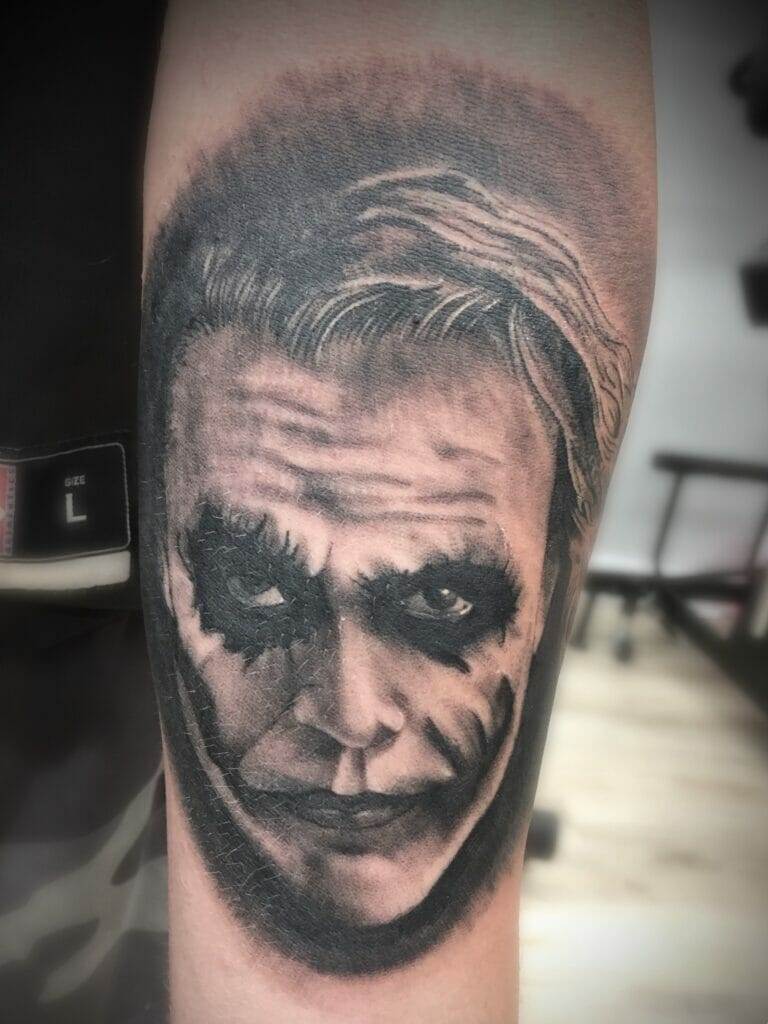
Traditional tattoo designs are often rich in symbolism and carry deep cultural meanings. Each design tells a story or conveys an important message about the wearer’s identity or beliefs.
In Polynesian cultures, for example, certain symbols represent specific qualities or characteristics. The turtle symbolizes longevity and protection, while the shark represents strength and adaptability. These symbols are often combined to create unique designs that reflect the individual’s personal journey.
In Japanese traditional tattooing, each design has its own significance. Dragons symbolize wisdom and strength, while cherry blossoms represent beauty and the transient nature of life. These designs are carefully chosen to reflect the wearer’s personality or aspirations.
Traditional tattoo designs are not just decorative; they serve as a way to communicate important cultural messages and preserve cultural heritage. They are a visual representation of one’s identity and beliefs, allowing individuals to proudly display their cultural heritage.
The Importance of Traditional Tattooing in Modern Times
Despite the advancements in modern tattooing techniques, traditional tattooing still holds great importance in many cultures around the world. It serves as a way to preserve cultural heritage and maintain a connection with one’s ancestors.
Traditional tattooing is also seen as a form of resistance against cultural assimilation and globalization. In a world that is becoming increasingly homogenized, traditional tattoos serve as a visual reminder of the unique cultural identities that exist.
Furthermore, traditional tattooing provides a sense of community and belonging. In many tribal communities, the process of getting a tattoo is a communal event that involves the participation of family and friends. This creates a sense of unity and strengthens social bonds.
Traditional Tattooing and Gender: Exploring the Differences
Traditional tattooing practices often differ for men and women, with each gender having its own set of symbols and designs. In many cultures, tattoos are used to signify gender roles or social status.
In Polynesian cultures, for example, men often have tattoos on their arms, chest, and back, while women typically have tattoos on their hands, wrists, or ankles. These designs reflect traditional gender roles and societal expectations.
In Japanese traditional tattooing, women traditionally had smaller and more delicate designs compared to men. However, in recent years, there has been a shift towards more gender-neutral designs as society becomes more inclusive and accepting of diverse expressions of identity.
The Challenges of Preserving Traditional Tattooing Practices
Preserving traditional tattooing practices can be challenging in the face of modernization and globalization. As societies become more interconnected, traditional practices are often overshadowed by mainstream culture.
One challenge is the loss of traditional knowledge and skills. Many traditional tattoo artists are elderly or have passed away, taking their knowledge and techniques with them. This makes it difficult for younger generations to learn and carry on the tradition.
Another challenge is the commercialization of traditional tattooing. In some cases, traditional designs are appropriated by mainstream culture without proper understanding or respect for their cultural significance. This can dilute the meaning behind these tattoos and lead to misrepresentation or cultural appropriation.
Traditional Tattooing and Cultural Appropriation: A Controversial Topic
Cultural appropriation is a controversial topic in the world of traditional tattooing. Cultural appropriation refers to the adoption or use of elements from another culture without understanding or respect for their cultural significance.
In the context of traditional tattooing, cultural appropriation occurs when non-indigenous individuals get tattoos that are traditionally associated with indigenous cultures. This can be seen as disrespectful and offensive, as it reduces these tattoos to mere fashion statements without acknowledging their cultural significance.
It is important to approach traditional tattooing with respect and understanding. If you are interested in getting a traditional tattoo, take the time to learn about its cultural significance and find an artist who has a deep understanding and appreciation for the tradition.
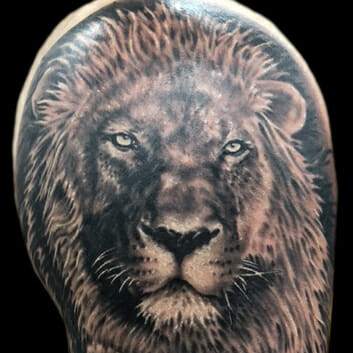
The Future of Traditional Tattooing in a Globalized World
The future of traditional tattooing in a globalized world is both challenging and promising. While traditional tattooing practices face many obstacles, there is also a growing interest in preserving and reviving these traditions.
As more people become aware of the cultural significance of traditional tattoos, there is a greater appreciation for the artistry and skill involved. This has led to a resurgence of interest in traditional tattooing techniques and a renewed commitment to preserving cultural heritage.
In order to ensure the future of traditional tattooing, it is important to support indigenous communities and artists who are working to preserve these traditions. By respecting and valuing traditional tattooing practices, we can help ensure that they continue to thrive in a globalized world.
